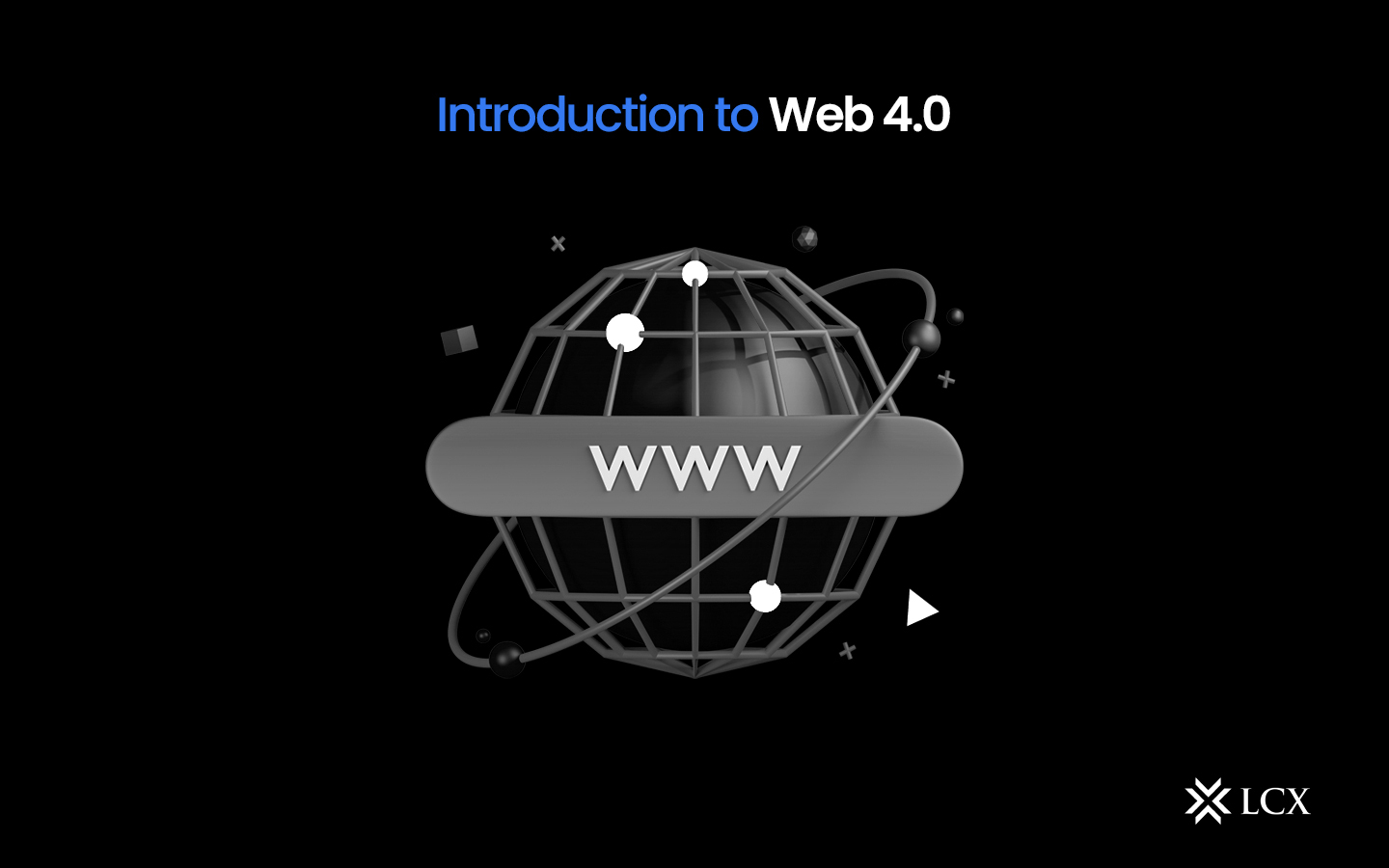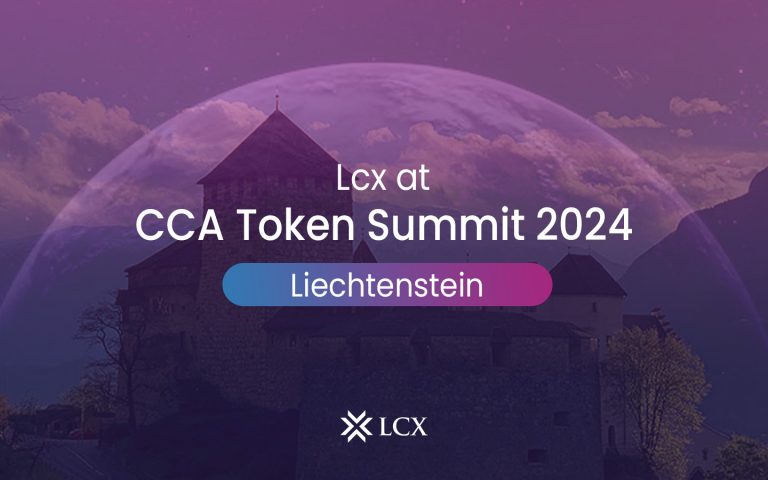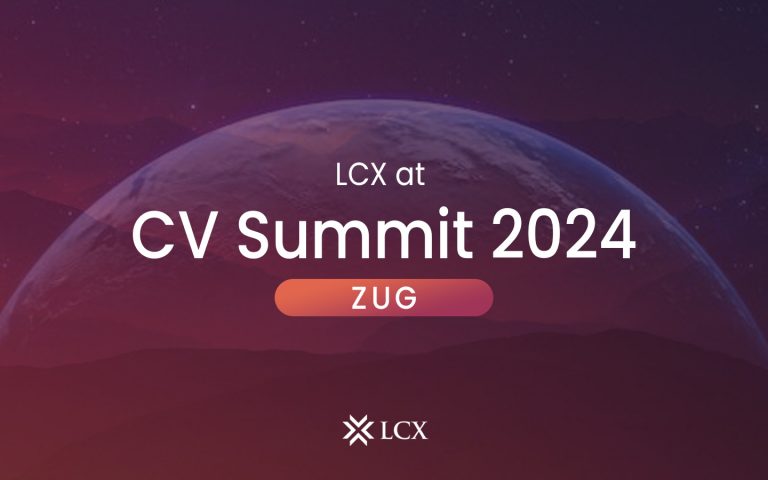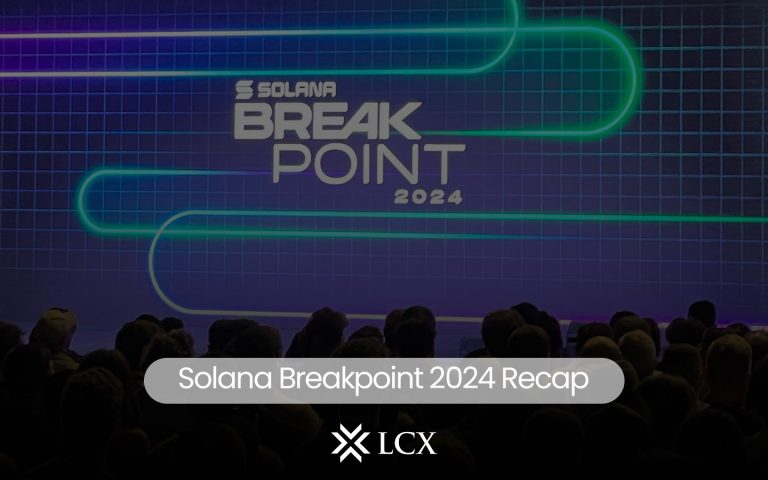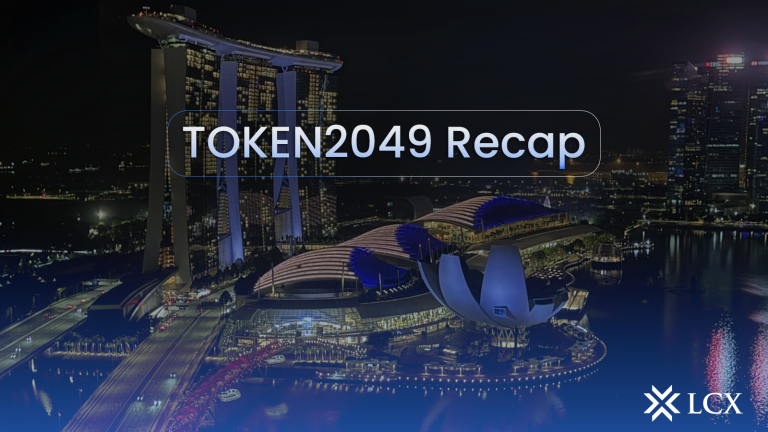The evolution of the internet has taken giant leaps since its inception, shaping the way we interact, communicate, and conduct business. With each iteration, the web has introduced new features and capabilities, and now, we stand on the cusp of a transformative era with the advent of Web 4.0 . Building upon its predecessors, Web 4.0 promises to revolutionize the digital landscape with advanced technologies and intelligent systems.
Emergence of Web 4.0
Web 4.0, the fourth generation of the Internet, is still in its early stages of development, but a few essential concepts have begun to take shape. It represents a paradigm shift in the Internet’s functionality, leveraging cutting-edge technologies such as artificial intelligence (AI), blockchain, decentralized networks, and the Internet of Things (IoT) to create a more intelligent, autonomous, and secure digital ecosystem. While Web 3.0 introduced concepts like user-generated content and social networking, it took it further by enabling machine-to-machine communication, self-learning algorithms, and decentralized governance structures.
It emphasis on collaboration and collective intelligence is one of its most significant features. The days of individual users working in isolation are coming to an end; instead, we are observing a transition towards users creating content and solving problems collaboratively. This collaborative approach is also being applied to business models, with companies relying more and more on social networking and user-generated content to generate revenue.
Also Read: https://www.lcx.com/introduction-to-web-5-0/
Features of Web 4.0
Enhanced Artificial Intelligence (AI) and Machine Learning (ML)
Web 4.0 is characterized by intelligent systems that go beyond traditional AI and ML capabilities. These systems are designed to understand context, learn from vast amounts of data, and make informed decisions. With advanced algorithms and deep learning models, it empowers applications to deliver personalized and tailored experiences, enabling businesses to gather valuable insights and provide exceptional user experiences in the crypto space.
Internet of Things (IoT) Integration
Web 4.0 embraces the Internet of Things, connecting a vast array of devices, sensors, and objects to the web. This interconnectedness creates a seamless and immersive user experience, where physical and virtual environments merge. In the world of cryptocurrencies, IoT integration can facilitate secure and efficient transactions, enable real-time tracking of assets, and enhance the overall security of crypto ecosystems.
Decentralization and Blockchain Technology
Web 4.0 leverages the power of decentralization and blockchain technology to revolutionize various sectors, including finance and digital currencies. Blockchain, a distributed ledger technology, ensures transparency, security, and immutability of transactions, making it an ideal foundation for cryptocurrency platforms. It expands the capabilities of blockchain, enabling faster and more scalable transactions, facilitating smart contracts, and enhancing privacy features.
Enhanced User Interfaces (UI) and User Experiences (UX)
Web 4.0 aims to provide seamless and intuitive user interfaces, allowing users to interact with applications through various mediums. Natural language processing, gesture recognition, augmented reality (AR), and virtual reality (VR) are some of the technologies that contribute to immersive and engaging user experiences. In the crypto space, it can introduce user-friendly interfaces for managing digital wallets, trading platforms, and decentralized applications, making it easier for users to navigate the world of cryptocurrencies.
Semantic Web and Linked Data
Web 4.0 emphasizes the importance of structured data and semantic understanding. By incorporating semantic web technologies, such as Resource Description Framework (RDF) and ontologies, it enables machines to comprehend and interpret information in a meaningful way. In the context of cryptocurrencies, this can enhance data interoperability, facilitate automated analysis of market trends, and support intelligent investment decisions.
Personalization and Contextualization
Web 4.0 focuses on delivering highly personalized and context-aware experiences to users. By harnessing data from various sources, including social media, browsing behavior, and location, it applications can adapt to individual preferences, anticipate user needs, and deliver tailored content. In the crypto sphere, personalized experiences can provide users with relevant market information, personalized investment suggestions, and customized portfolio management tools.
Enhanced Security and Privacy Measures
Web 4.0 acknowledges the criticality of security and privacy in a connected world. With the integration of advanced encryption techniques, multi-factor authentication, and decentralized identity systems, it ensures secure transactions and protects sensitive user data. In the realm of cryptocurrencies, these enhanced security measures can foster trust, reduce the risk of hacking or data breaches, and promote wider adoption of digital currencies.
Business Implications of Web 4.0
The emergence of Web 4.0 brings significant implications for businesses across various sectors:
Enhanced Customer Engagement: It enables personalized, data-driven customer experiences, fostering deeper engagement and brand loyalty. By leveraging AI algorithms and IoT devices, businesses can anticipate customer needs and deliver tailor-made solutions.
Disintermediation and New Business Models: The decentralized nature of Web 4.0 disrupts traditional intermediaries, reducing costs, enhancing transparency, and enabling peer-to-peer interactions. This opens up opportunities for new business models, such as decentralized finance (DeFi) and tokenization of assets.
Data Privacy and Security: With Web 4.0’s increased connectivity, data privacy and security become paramount. Blockchain technology provides a decentralized and secure framework for storing and managing sensitive data, protecting against data breaches and unauthorized access.
Industry Transformation: Web 4.0 has the potential to revolutionize entire industries. For example, in healthcare, decentralized health records and AI-driven diagnostics can streamline patient care and improve outcomes. Similarly, in manufacturing, IoT-enabled smart factories optimize production processes and enhance efficiency.
Conclusion
Web 4.0 represents a significant milestone in the evolution of the internet, introducing a new era of intelligent, decentralized, and interconnected digital experiences. With its fusion of AI, blockchain, IoT, and immersive technologies, it has the potential to reshape industries, redefine business models, and empower individuals in unprecedented ways. Embracing the opportunities and challenges that come with Web 4.0 will be crucial for organizations seeking to thrive in the digital age. As we embark on this transformative journey, the future of the internet looks brighter than ever before.
